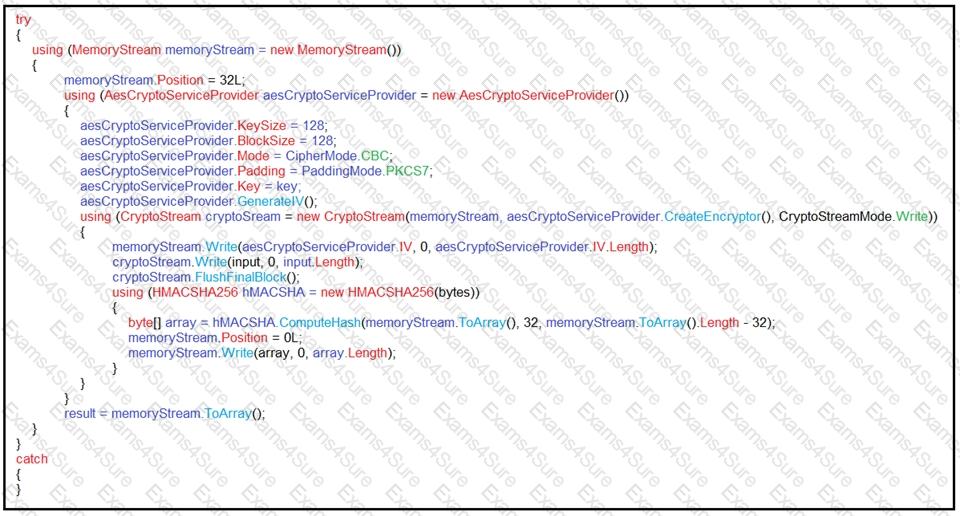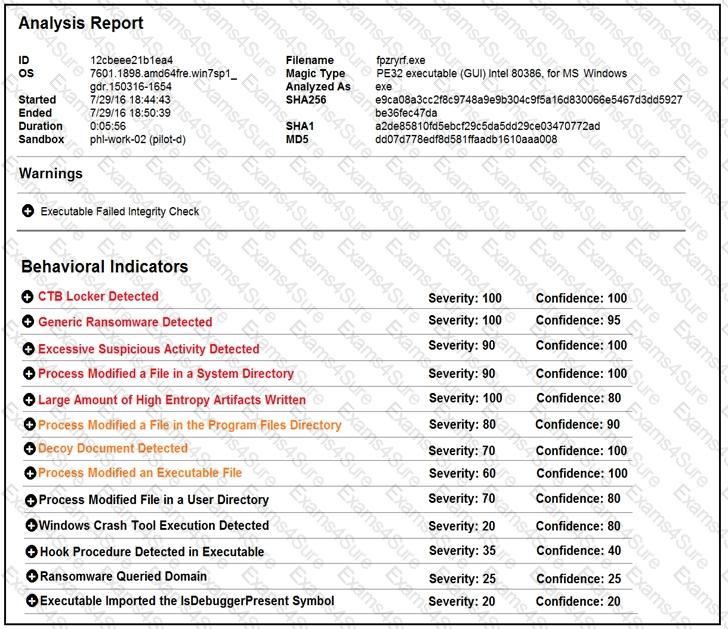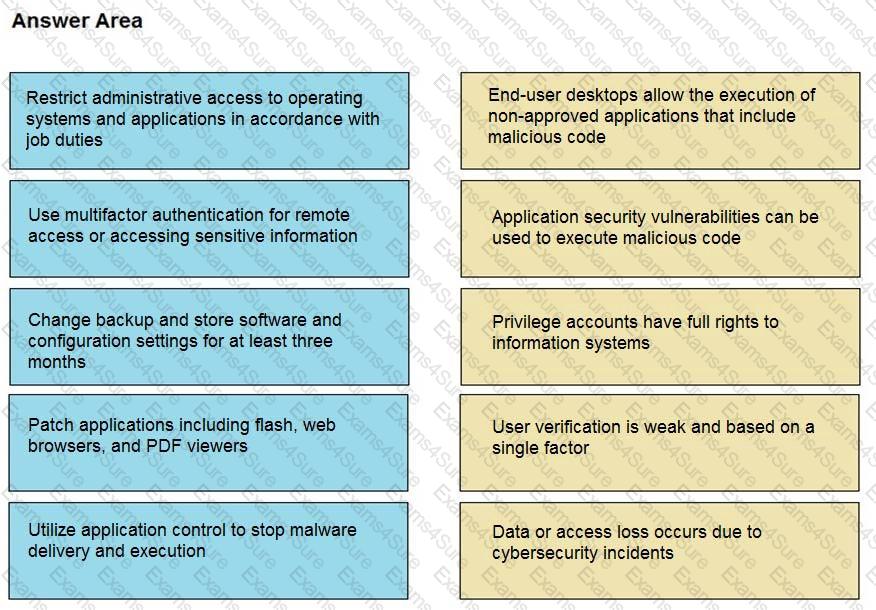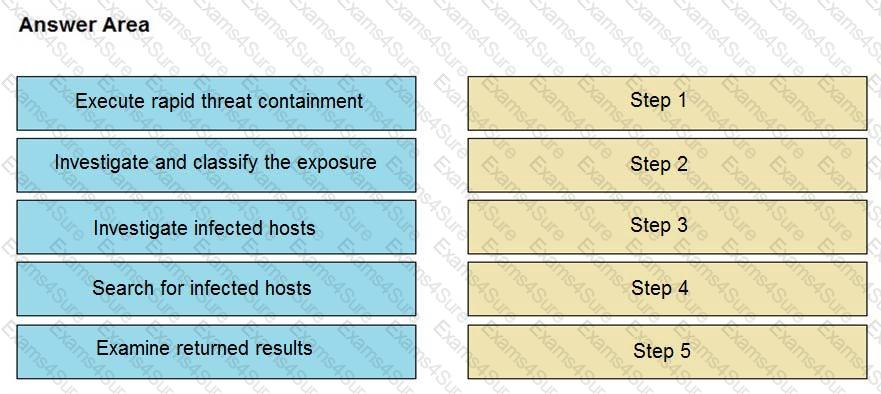Performing CyberOps Using Core Security Technologies (CBRCOR)
Last Update 2 months ago
Total Questions : 139
Performing CyberOps Using Core Security Technologies (CBRCOR) is stable now with all latest exam questions are added 2 months ago. Incorporating 350-201 practice exam questions into your study plan is more than just a preparation strategy.
350-201 exam questions often include scenarios and problem-solving exercises that mirror real-world challenges. Working through 350-201 dumps allows you to practice pacing yourself, ensuring that you can complete all Performing CyberOps Using Core Security Technologies (CBRCOR) practice test within the allotted time frame.
A threat actor has crafted and sent a spear-phishing email with what appears to be a trustworthy link to the site of a conference that an employee recently attended. The employee clicked the link and was redirected to a malicious site through which the employee downloaded a PDF attachment infected with ransomware. The employee opened the attachment, which exploited vulnerabilities on the desktop. The ransomware is now installed and is calling back to its command and control server. Which security solution is needed at this stage to mitigate the attack?
Refer to the exhibit.

An engineer is performing a static analysis on a malware and knows that it is capturing keys and webcam events on a company server. What is the indicator of compromise?
An analyst received multiple alerts on the SIEM console of users that are navigating to malicious URLs. The analyst needs to automate the task of receiving alerts and processing the data for further investigations. Three variables are available from the SIEM console to include in an automation script: console_ip, api_token, and reference_set_name. What must be added to this script to receive a successful HTTP response?
#!/usr/bin/python import sys import requests
The incident response team was notified of detected malware. The team identified the infected hosts, removed the malware, restored the functionality and data of infected systems, and planned a company meeting to improve the incident handling capability. Which step was missed according to the NIST incident handling guide?
The network operations center has identified malware, created a ticket within their ticketing system, and assigned the case to the SOC with high-level information. A SOC analyst was able to stop the malware from spreading and identified the attacking host. What is the next step in the incident response workflow?
Refer to the exhibit.

Cisco Advanced Malware Protection installed on an end-user desktop has automatically submitted a low prevalence file to the Threat Grid analysis engine for further analysis. What should be concluded from this report?
A company recently started accepting credit card payments in their local warehouses and is undergoing a PCI audit. Based on business requirements, the company needs to store sensitive authentication data for 45 days. How must data be stored for compliance?
Drag and drop the mitigation steps from the left onto the vulnerabilities they mitigate on the right.

Refer to the exhibit.

The Cisco Secure Network Analytics (Stealthwatch) console alerted with “New Malware Server Discovered” and the IOC indicates communication from an end-user desktop to a Zeus C&C Server. Drag and drop the actions that the analyst should take from the left into the order on the right to investigate and remediate this IO
C.



TESTED 29 Mar 2025
Hi this is Romona Kearns from Holland and I would like to tell you that I passed my exam with the use of exams4sure dumps. I got same questions in my exam that I prepared from your test engine software. I will recommend your site to all my friends for sure.
Our all material is important and it will be handy for you. If you have short time for exam so, we are sure with the use of it you will pass it easily with good marks. If you will not pass so, you could feel free to claim your refund. We will give 100% money back guarantee if our customers will not satisfy with our products.